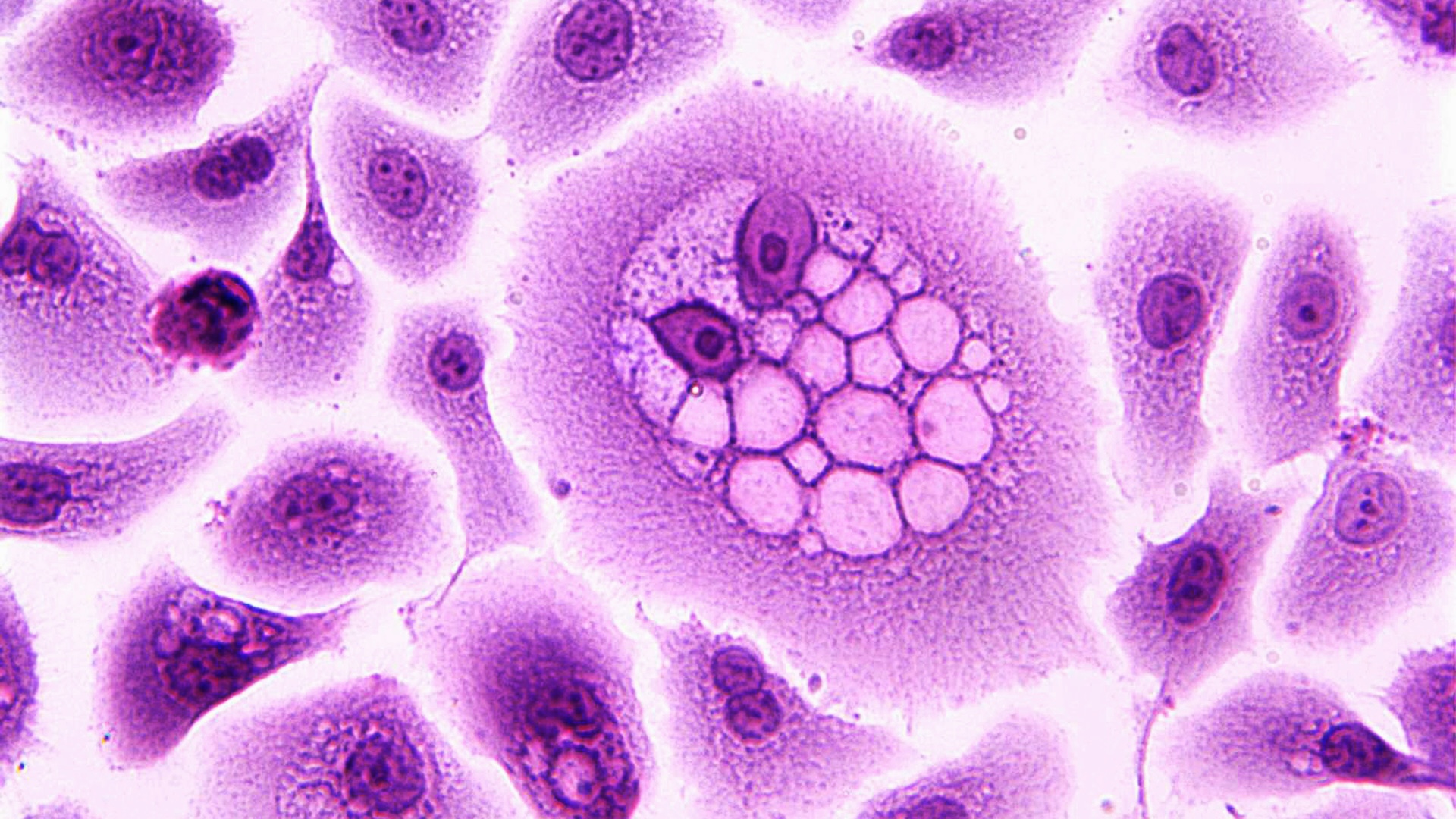Sensors, Vol. 23, Pages 5250: Challenges in Developing a Real-Time Bee-Counting Radar
Sensors doi: 10.3390/s23115250
Authors: Samuel M. Williams Nawaf Aldabashi Paul Cross Cristiano Palego
Detailed within is an attempt to implement a real-time radar signal classification system to monitor and count bee activity at the hive entry. There is interest in keeping records of the productivity of honeybees. Activity at the entrance can be a good measure of overall health and capacity, and a radar-based approach could be cheap, low power, and versatile, beyond other techniques. Fully automated systems would enable simultaneous, large-scale capturing of bee activity patterns from multiple hives, providing vital data for ecological research and business practice improvement. Data from a Doppler radar were gathered from managed beehives on a farm. Recordings were split into 0.4 s windows, and Log Area Ratios (LARs) were computed from the data. Support vector machine models were trained to recognize flight behavior from the LARs, using visual confirmation recorded by a camera. Spectrogram deep learning was also investigated using the same data. Once complete, this process would allow for removing the camera and accurately counting the events by radar-based machine learning alone. Challenging signals from more complex bee flights hindered progress. System accuracy of 70% was achieved, but clutter impacted the overall results requiring intelligent filtering to remove environmental effects from the data.

 1 year ago
29
1 year ago
29

